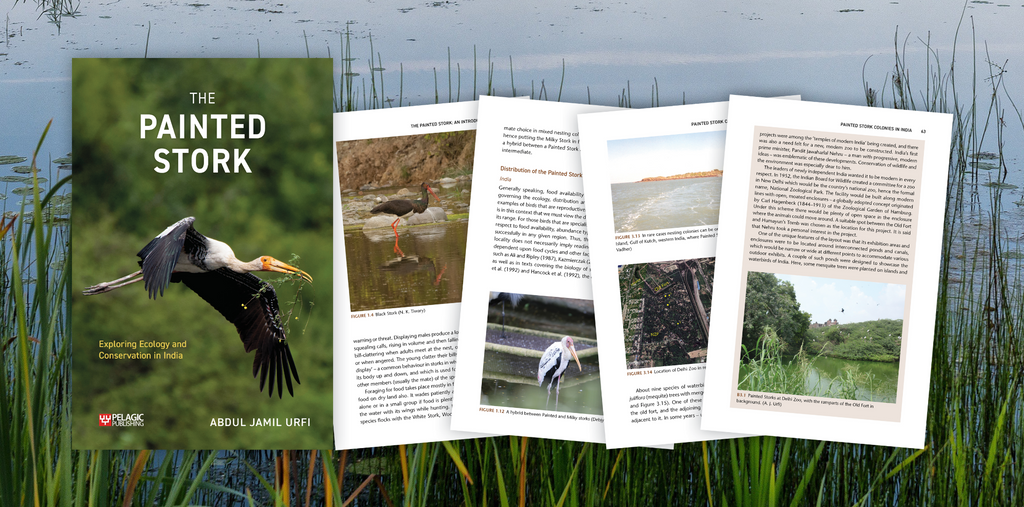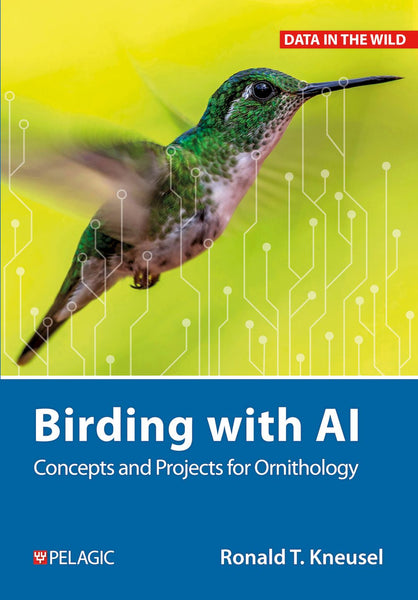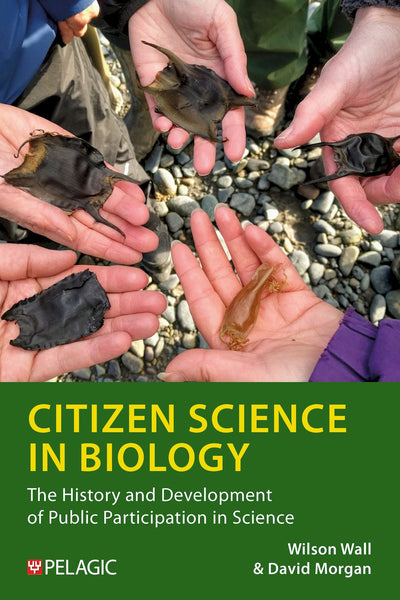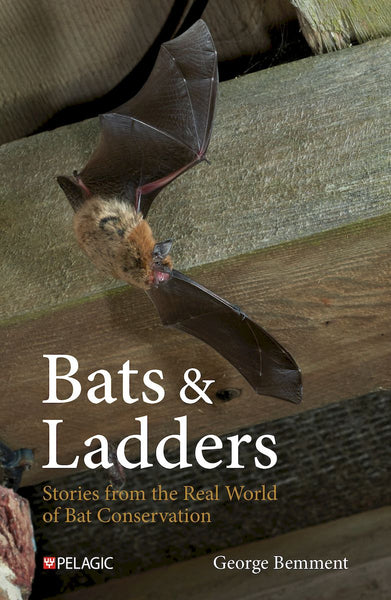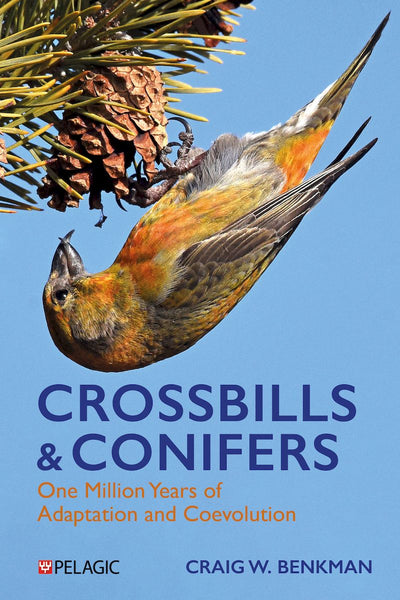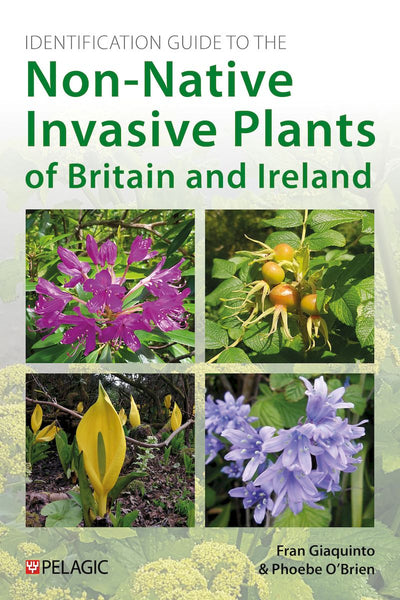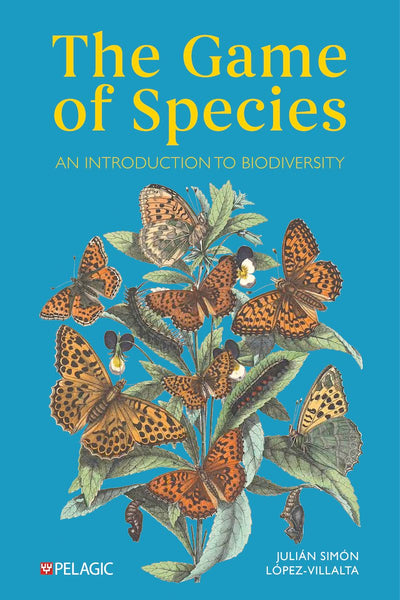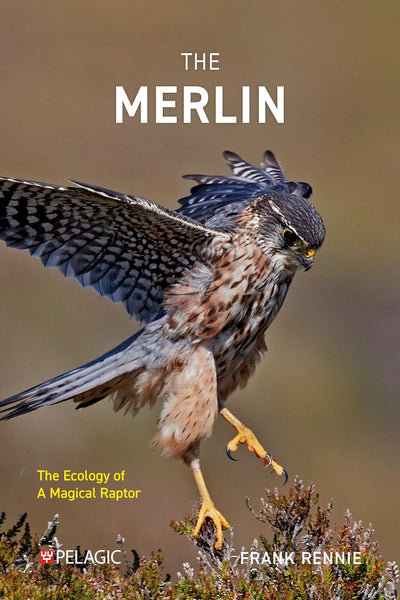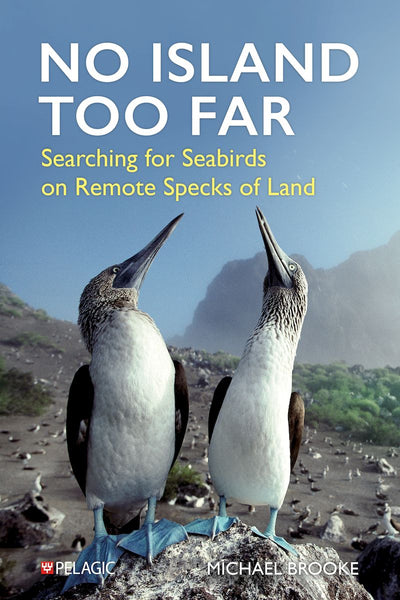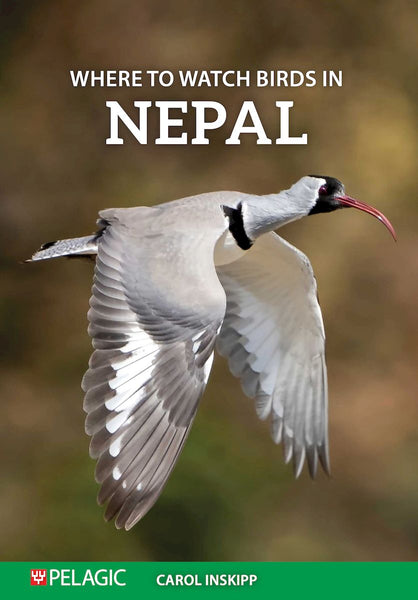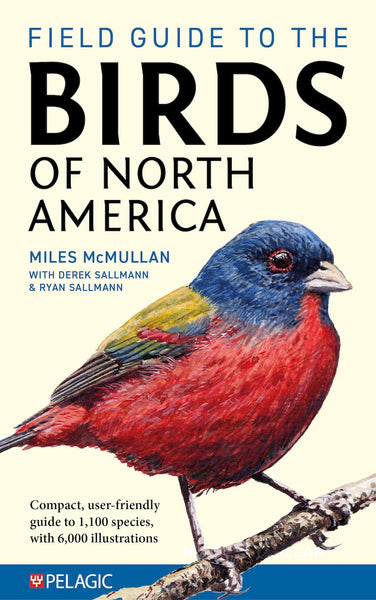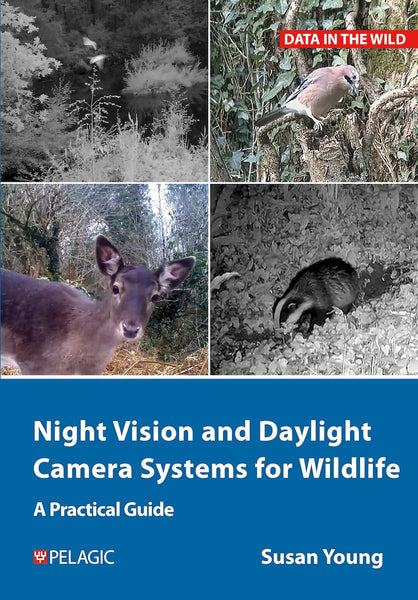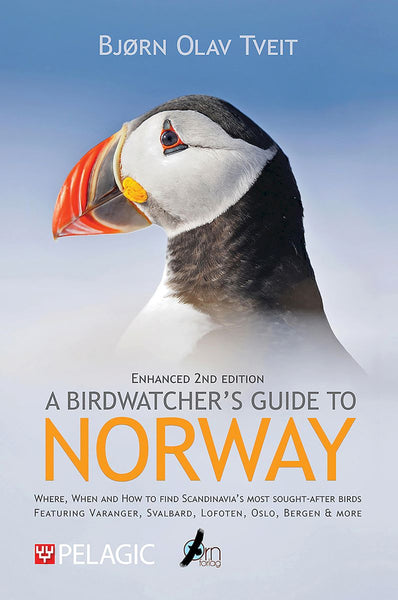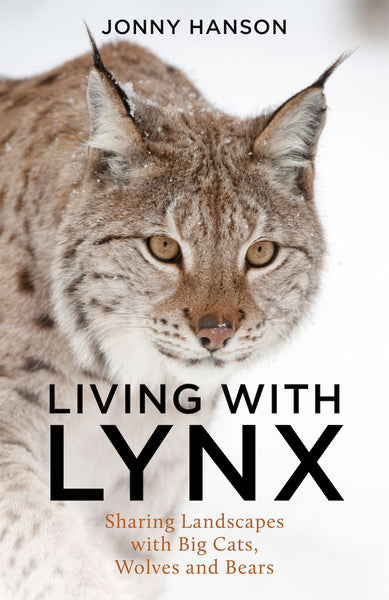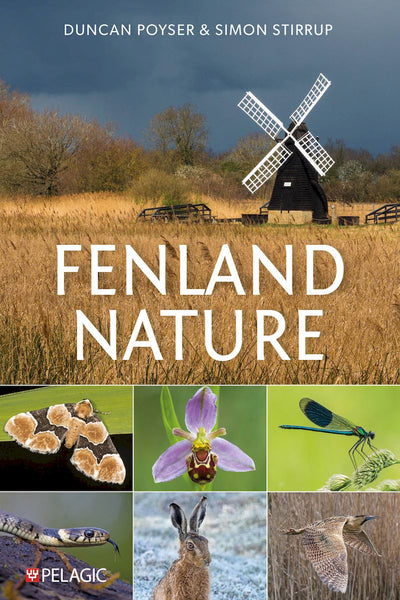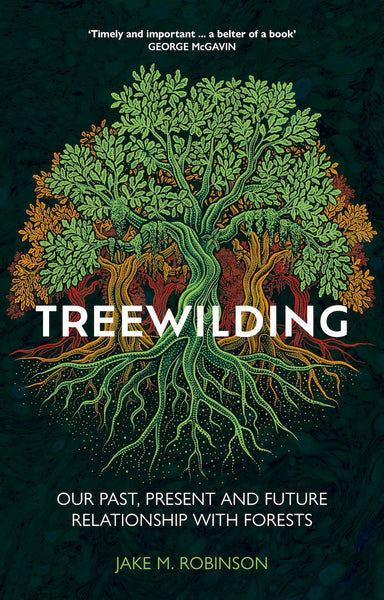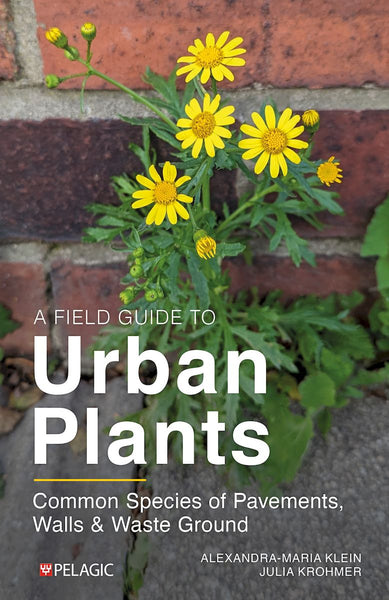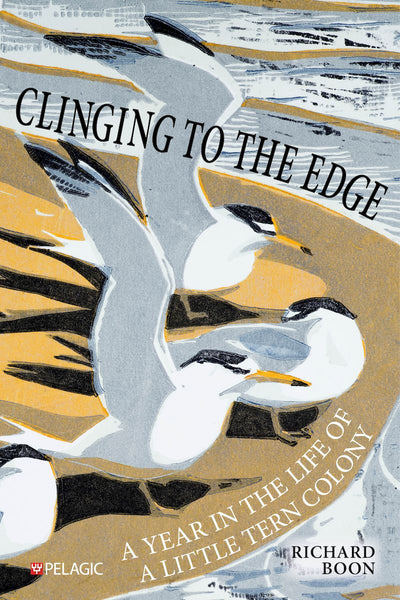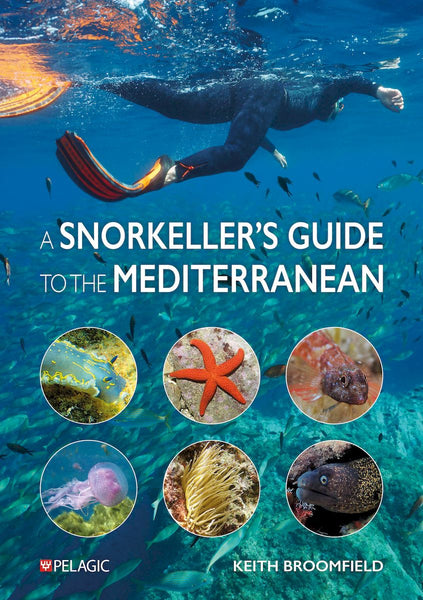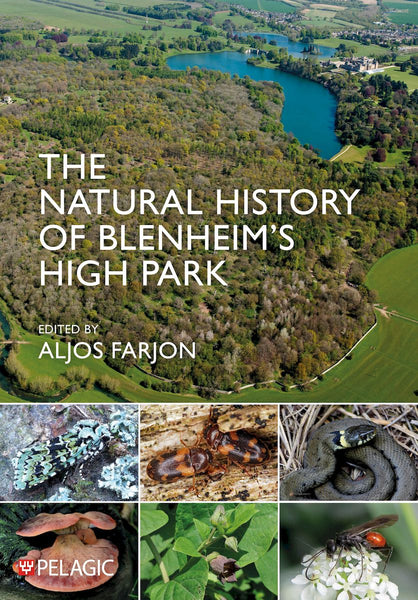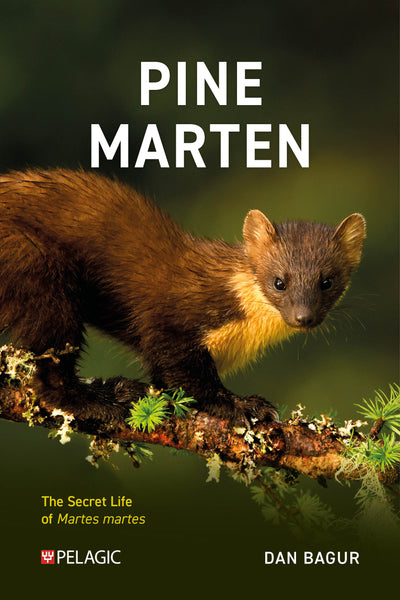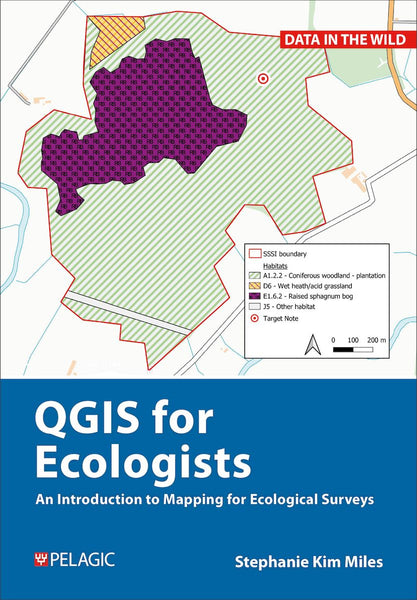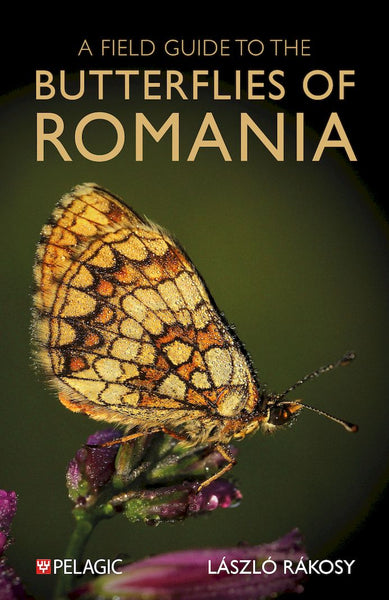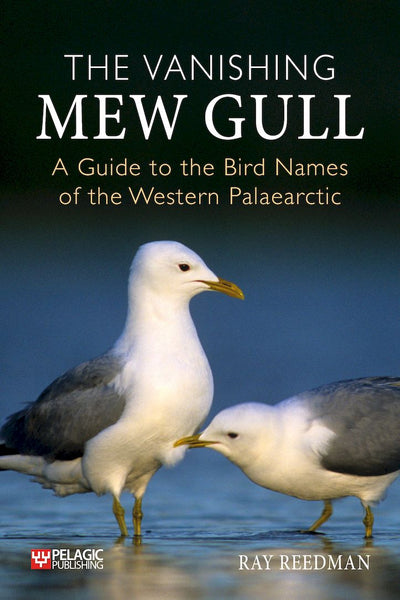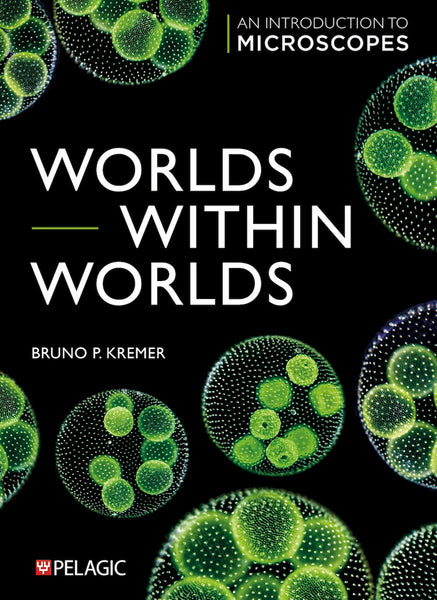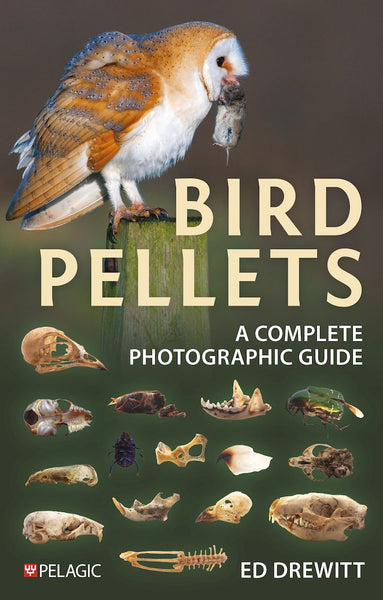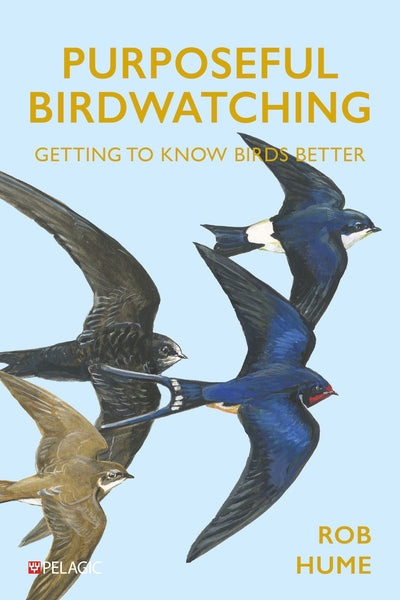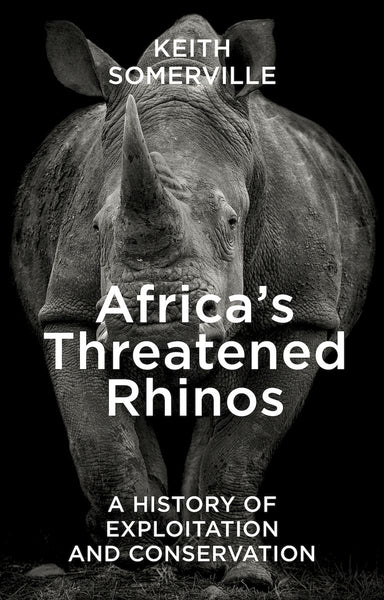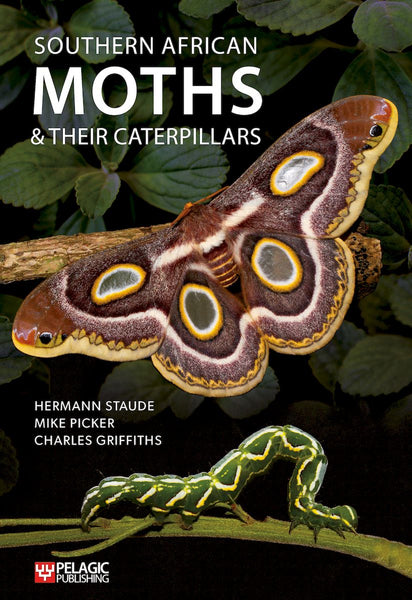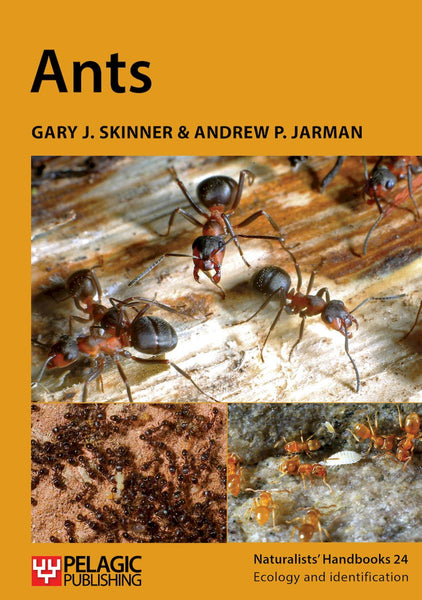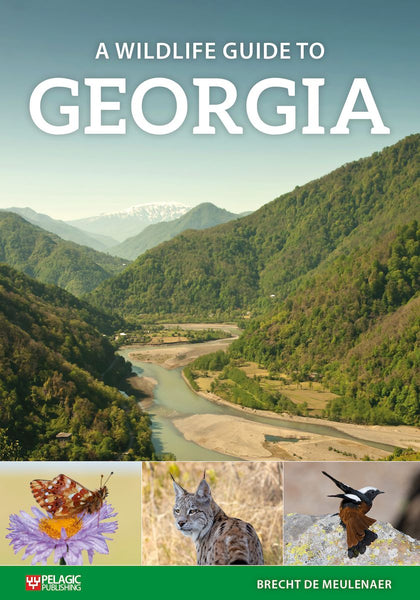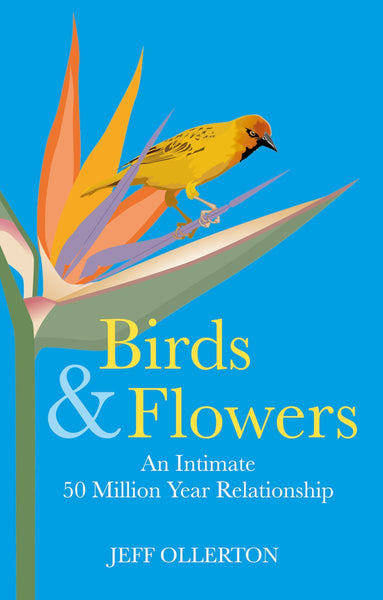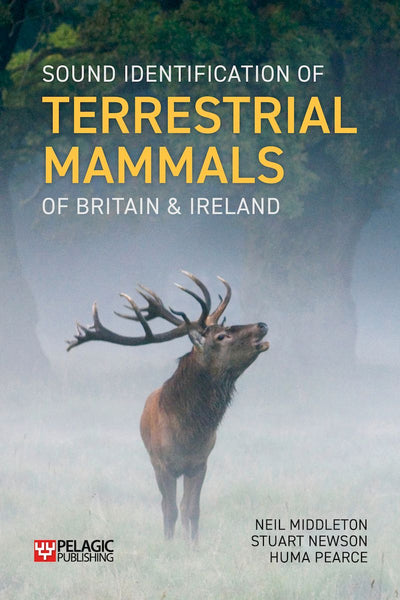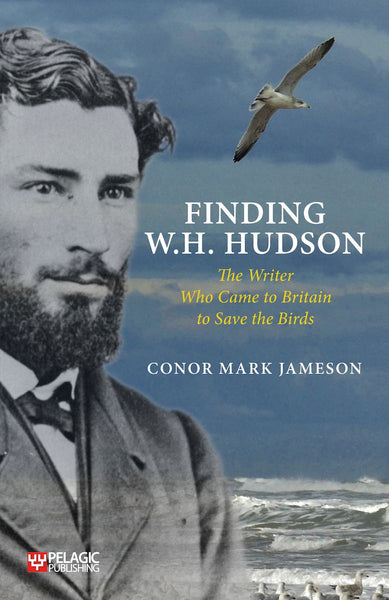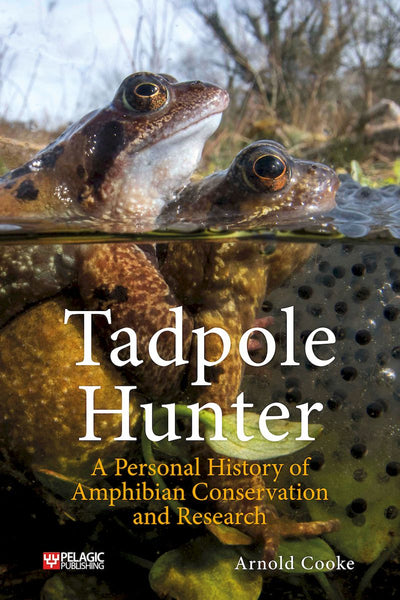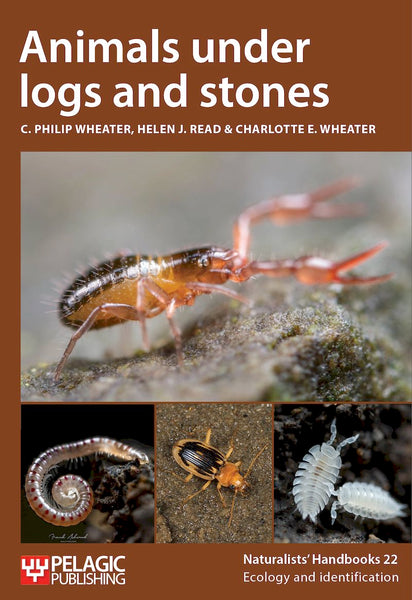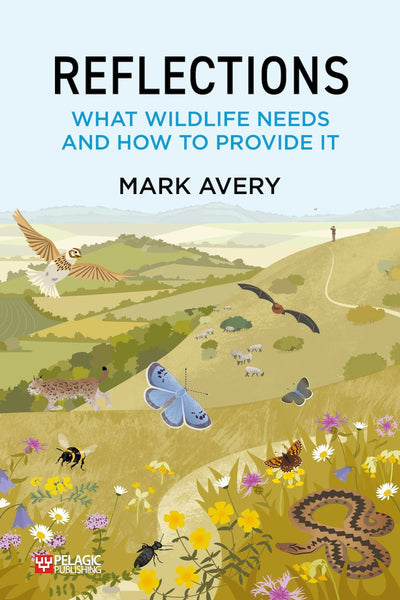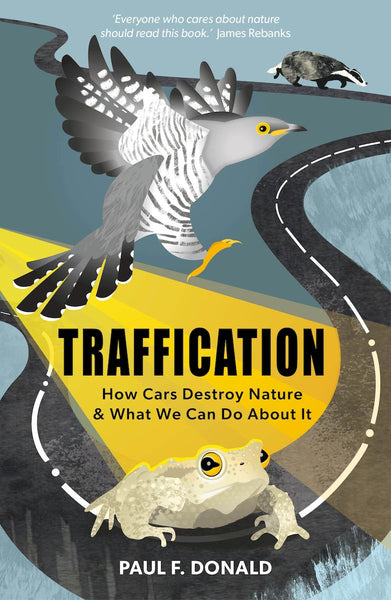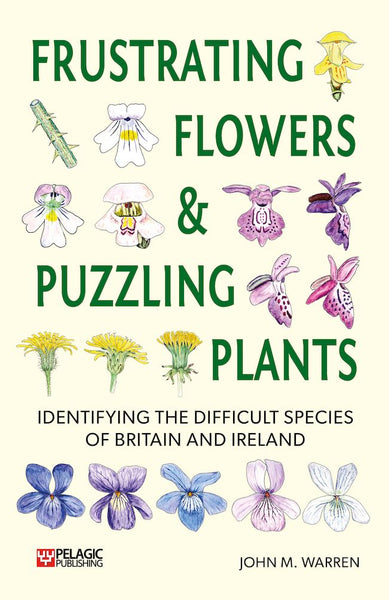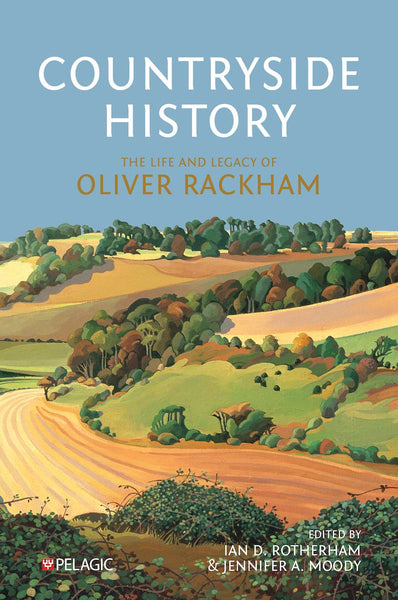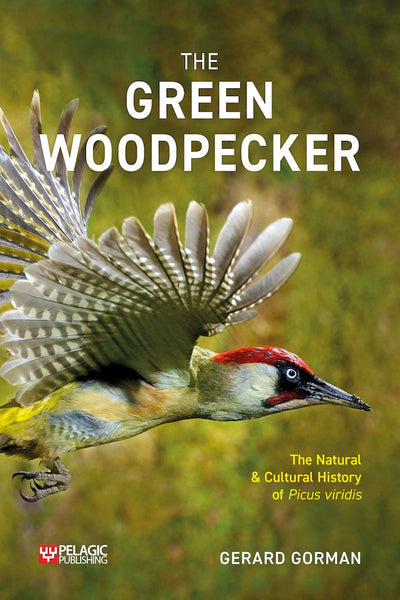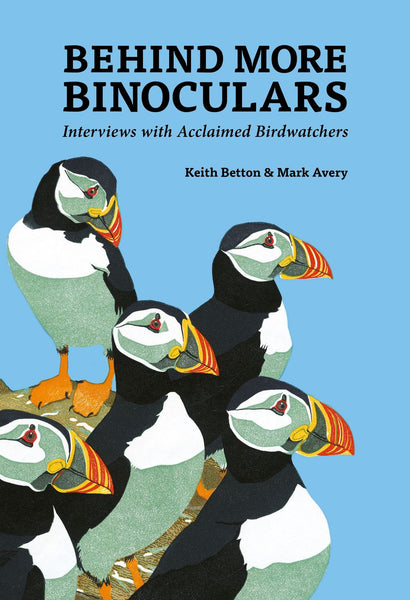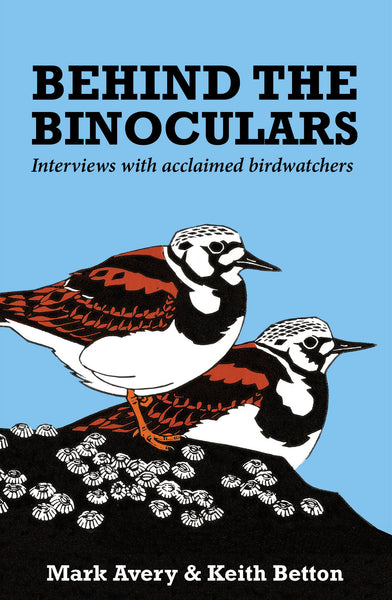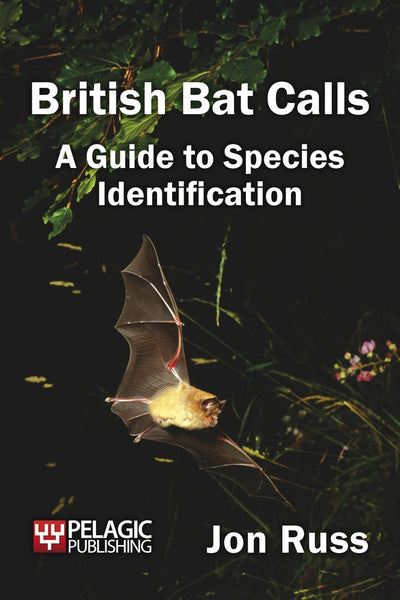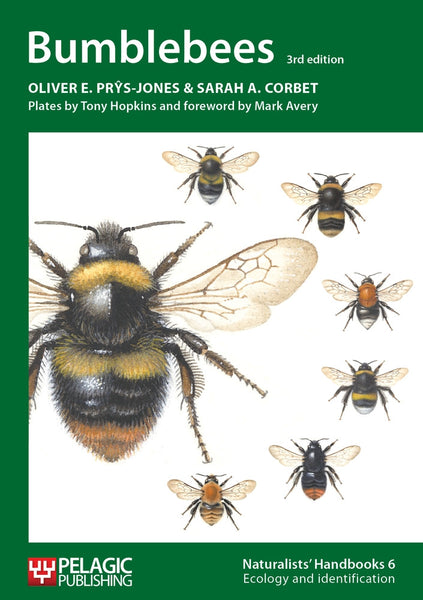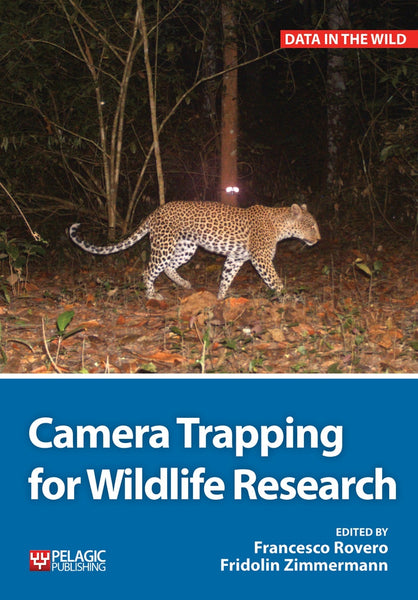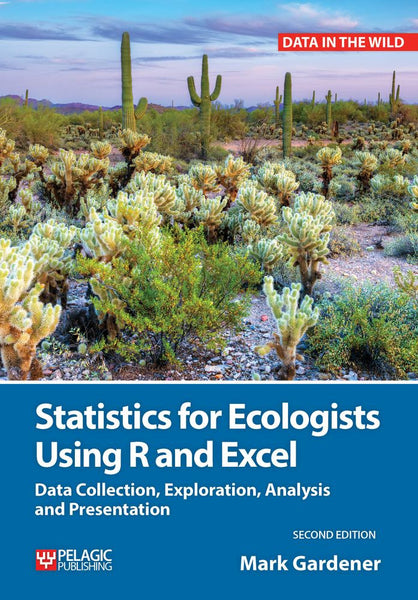Abdul Jamil Urfi talks to us about The Painted Stork and his fascination with this beautiful bird.
Could you tell us a little about your background and the impetus behind The Painted Stork?
I was interested in outdoors, birds and natural history as a kid. I did a PhD in fish physiology but due to my strong interest in birds and ecology I decided to change track and get fully involved in bird research. I spent two years working on the foraging ecology of the Oystercatcher, over-wintering on the Exe estuary in Devon, which was a great learning experience. Besides getting initiated into field ornithology and behavioural ecology, I also began to appreciate the value of being involved in a field study system in which it was possible to address research questions at different levels, on a long-term basis, and with considerable convenience. My supervisor had developed exactly such a system – ‘the oycs of the Exe estuary’, where the foraging ecology of a population of a wild bird could be studied easily, by making observations from hides situated in the middle of water. Interesting and sophisticated ecological questions could be addressed. How nice it would be to develop such a system and spend my whole career studying a population (of birds), I thought. The wild population of Painted Stork in the Delhi zoo, which have been nesting there since 1960 and which I had been studying for a while, seemed like fantastic place to embark on a detailed study on various aspects of ecology.
On my return from England, I initially worked as an environment educator, dealing with snakes and reptiles, and using them for educational live shows. Although I loved being on this job-I was a scientist at a well-known environmental education institution in Gujarat, in western India, for 5 years, which is a lovely place for Painted Stork, I was still chasing my dream. Finally, an opportunity presented itself when I was selected as a lecturer in a newly established Department of Environmental Biology (with which I had been previously associated as a teacher) at the University of Delhi located in my home town and the place where the Painted Stork population existed in the zoo. I grabbed the opportunity and it has been over 20 years since I have been studying these birds. Several students have done their PhD’s under my supervision and we have explored a number of aspects viz. foraging ecology, nesting success, sexual size dimorphism and mating patterns, and published several papers in ornithological journals. I have also written a species monograph summarizing our work. The present book is essentially a fully illustrated, more updated version of that work with several new chapters and insights added. The present book is also a celebration of all the wonderful years I have spent doing work on Painted Stork; travelling all over India for my field studies and meeting wonderful and interesting people, besides engaging with a number of fantastic students at the Masters and PhD level. Some of them, I am proud to say have independently explored new themes using Painted Stork as a model in their studies, after their time with me, in my lab.

What was the biggest challenge you faced whilst writing the book?
The biggest challenge I faced was not information or actually writing the book because a template already existed in my previous monograph on Painted Stork. I guess, this time around, the most difficult part was finding the time because at the time of writing I was saddled with numerous administrative duties as head of the department. This usually left me with no time or inclination to focus on the book. Sometimes I had to snatch time with great difficulty and do copy editing and proof reading while traveling.
Finding pictures was also initially a challenge but one of my PhD students, now a college teacher, chipped in. Being crazy about birds he is also an excellent bird photographer and he solved most of my photograph related problems.
What was the most surprising thing you learned during your research?
One of the things which surprized me, even came as a shock, was that not all the wonderful research ideas one gets (through reading or discussions) can be tested and the biggest dampener is sometimes lack of permits, especially when it comes to handling live animals, catching birds or obtaining tissue samples. One has to contend oneself with only observational work. But on the positive side I also realized that one can do reasonably good work in the field on birds in India, if one focusses on common birds and asks relevant and interesting questions. One need not always go to exotic or far off areas in search of rare birds or build large, heavily funded projects. For me the Delhi zoo Painted Stork population has been good enough and being located in the city, very convenient for field studies in ornithology.

What has been your most memorable encounter with a Painted Stork?
There are several but the most memorable one is seeing Painted Stork for the first time, when I did not even know their name and was not into birds. It is a childhood memory of a visit to the Delhi zoo with my father and noticing some large sized birds, looking like white blobs, sitting on the top of trees in the open areas of the zoo. At that time I didn’t have a clue what these birds were, or what they were called. Naturally, I also had no idea that for much of my professional career these birds and this particular population (i.e. wild Painted Stork nesting in the Delhi zoo premises) would be my overriding passion and engagement. Another memorable encounter is seeing Painted Stork and the extensive heronries of Keoladeo Ghana National Park at Bharatpur in Rajasthan, for the first time. In the early 1980’s, when I started visiting the park, it looked idyllic and enchantingly beautiful. Sadly, much of the sheen of the park has gone now. And finally, yet another memorable encounter is seeing Painted Stork nesting at Kokkre Bellur village- a small hamlet in south India where storks, pelican and other birds have been nesting in close proximity of humans for a very long time. It is a fascinating place and a sight to see.

What advice would you give someone looking to study this beautiful bird?
The Painted Stork, with its bright yellow waxy bill, overall white plumage and pink on the tail and back, is a delight to see. In my book there is a section about, ‘Why study the Painted Stork?’, a summary of which is as follows: Firstly, large birds are always an apposite focus for ecological studies simply because they can be easily seen and counted and help us to understand a number of important issues in ecology and conservation, especially about wetland habitats. Being a colonially nesting bird the Painted Stork provides an opportunity to explore questions about avian coloniality, a topic that has fascinated ornithologists and evolutionary biologists for a very long time. The fact that this highly visible and easily studied bird nests all across India – its breeding colonies in northern and southern India separated by nearly 20° of latitude – makes it an excellent model to study local bioclimate-driven ecomorphological changes in wild birds and to explore interesting questions in biogeography. In India, with Painted Stork nesting colonies located not just in marshes and areas in the countryside, but also in parks and gardens in urban settings (Delhi zoo colony being a good example) provides us a splendid opportunity on keeping tabs on biodiversity, bird populations in the urban environment. And finally, one of the most significant dimensions of the study of the Painted Stork is their dependence upon the monsoon. How exactly do these seasonal rains govern the food cycles in wetlands? What happens when the monsoon fails? So the Painted Stork is perhaps a good model to study the impacts of global climate change on bird populations (and biodiversity in general).
Learn more about The Painted Stork here






